Dealing with Social Media Pressure as a Teenager
Teenagers in the modern digital era now rely heavily on social media for daily interaction. Social media networks including Instagram, TikTok, Snapchat, and Twitter provide limitless possibilities for users to connect with others while sharing and expressing their personal experiences. Social media presents numerous advantages yet also results in considerable pressure for users. Many teenagers experience feelings of anxiety and inadequacy along with stress as they explore these online worlds. Young people face intense pressure to maintain perfect online images, obtain validation through social interactions and sustain their digital presence which proves overwhelming.
The article examines how teenagers experience social media pressure and its psychological effects while providing essential strategies to handle and mitigate these challenges. Teens need to understand social media pressures and develop coping strategies to protect their mental well-being while building a healthy social media relationship.
Understanding Social Media Pressure
The Origins of Social Media Pressure
Social media pressure stems from multiple sources. People constantly comparing themselves to others stands as one of the key elements. Teenagers become prone to feeling inadequate when they view selectively presented images and experiences from their friends and public figures online. The content that users encounter on social media platforms displays highlights over actual experiences which creates unrealistic expectations for viewers.
The internet's feedback loop through likes and comments establishes a framework where people start to base their self-esteem on how others respond online. Teens often change their behavior to match trends and perform actions they usually avoid in order to fit in with their peers and become more popular.
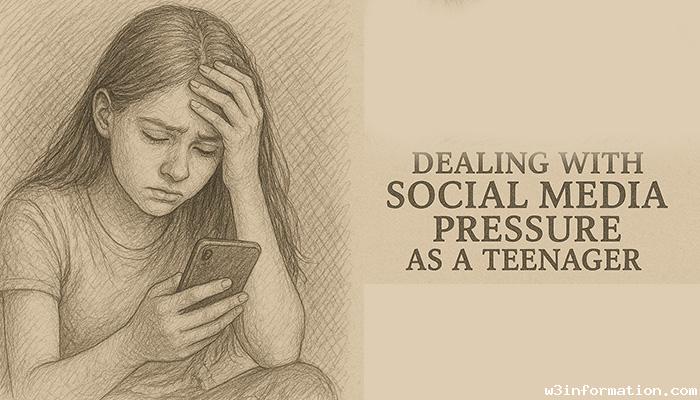
The Fear of Missing Out (FOMO)
The Fear of Missing Out known as FOMO creates substantial pressure on social media users. Teenagers may experience feelings of exclusion or anxiety when they see their peers sharing posts about social events and experiences they are not participating in. The need to remain connected pushes users to excessively engage with social media platforms and develop compulsive behaviors to check their notifications frequently.
Cyberbullying and Negative Interactions
Social media enables people to connect but it also subjects teenagers to cyberbullying and negative online interactions. Online interactions of this nature often increase pressure levels while damaging self-esteem. Social media's permanent and widespread reach ensures negative experiences appear more destructive to their victims.
Psychological Impact of Social Media Pressure
Anxiety and Depression
Research shows that teenagers who use social media excessively and aim to present a flawless online persona experience heightened anxiety and depression. Constant seeking of validation and comparing oneself to others generates feelings of inadequacy and sadness.
Young people might develop an altered perception of themselves as they start to believe their value is determined by external validation. The accumulation of these negative experiences gradually weakens their self-assurance and emotional stability.
Sleep Disruption and Concentration Issues
The demands of social media platforms have negative effects on users' physical health. A significant number of teenagers give up sleep to maintain their online connections which results in diminished concentration abilities and poor academic performance along with mood regulation problems. Using screens before bed exposes individuals to blue light which disrupts sleep patterns and aggravates mental health disorders.
Reduced Face-to-Face Interactions
Some teenagers replace physical socialization with online interactions which results in increased loneliness and isolation. A dependence on social media for social connections restricts growth in essential interpersonal abilities and diminishes chances to establish genuine relationships.
Social media generates multiple pressures that teenagers need to navigate.
Unrealistic Beauty Standards
Social media platforms propagate unrealistic beauty expectations through heavily edited photographs that create impossible standards to achieve. The pressure for teenagers to match these standards results in diminished self-esteem as well as dangerous dieting behaviors or body dysmorphia.
Academic and Extracurricular Expectations
The public display of achievements on social media creates pressure for teenagers to excel in their studies and extracurricular activities. People who aim to demonstrate their success and popularity on social media platforms often experience stress.
Maintaining Privacy and Personal Boundaries
Social media users face difficulties while trying to protect their personal privacy. Navigating social media privacy can be difficult for teenagers because they must balance between sharing personal information and avoiding excessive exposure to potential dangers. The requirement to participate in particular social interactions creates additional challenges to maintaining personal boundaries.
Strategies to Deal with Social Media Pressure
Developing a Healthy Perspective
It is essential to recognize that social media presents only select aspects of reality. Young people need to understand that social media posts typically show edited or staged content that represents only positive aspects of life. This perspective helps reduce unhealthy comparisons.
Setting Boundaries and Limits
Using apps that monitor screen time alongside fixed social media schedules helps avoid excessive platform use. Teens need to steer clear of social media before bedtime to maintain good sleep quality.
Curating a Positive Feed
When teens follow social media accounts that focus on self-love, creativity or educational material their online experience becomes better. It holds the same significance to unfollow or mute accounts which create negative emotions.
Engaging in Offline Activities
The combination of screen time management with hobbies and physical activities helps improve emotional well-being while enhancing real-world connections.
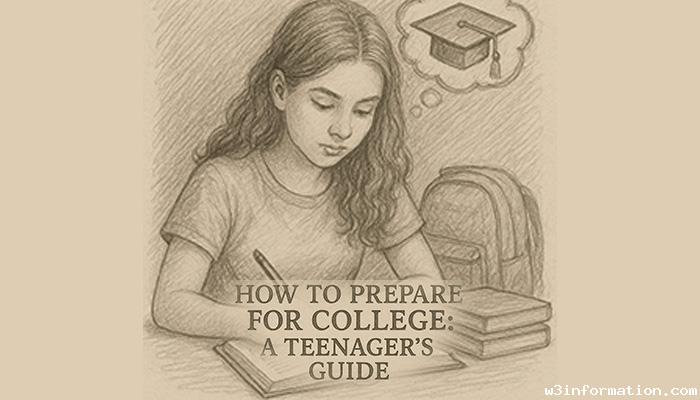 How to Prepare for College: A Teenager’s Guide
How to Prepare for College: A Teenager’s Guide
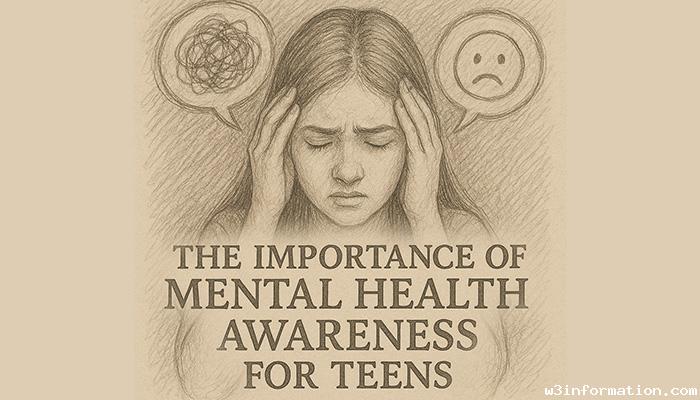 The Importance of Mental Health Awareness for Teens
The Importance of Mental Health Awareness for Teens
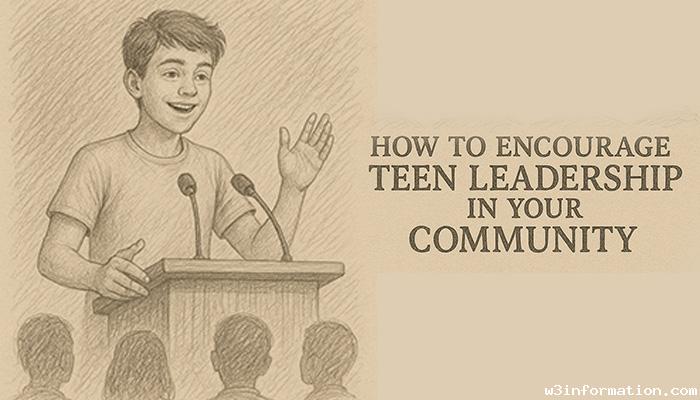 How to Encourage Teen Leadership in Your Community
How to Encourage Teen Leadership in Your Community
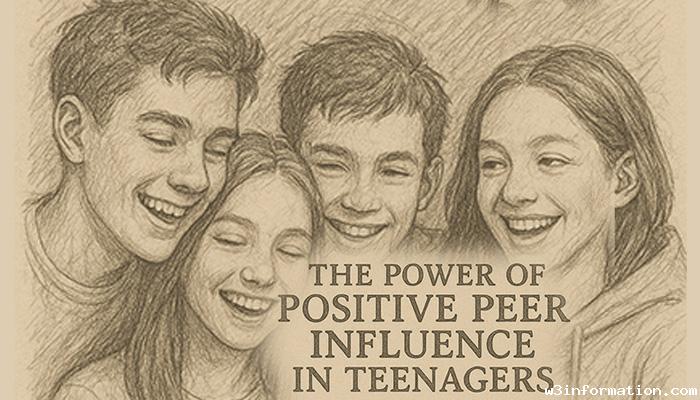 The Power of Positive Peer Influence in Teenagers
The Power of Positive Peer Influence in Teenagers
 The Role of Grandparents in a Child’s Development
The Role of Grandparents in a Child’s Development